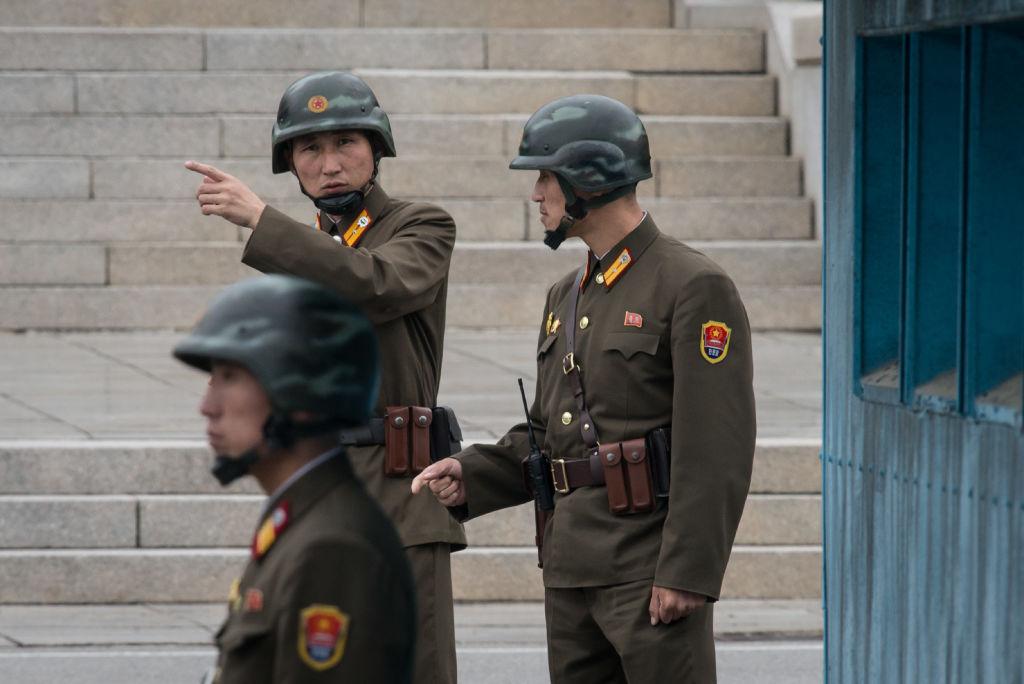North Korea’s nuclear tests may have destabilized the tectonic plates deep underground severely enough to cause a series of earthquakes and landslides that have shaken the region.
North Korea’s sixth and last nuclear test on Sept. 3 was by far its largest. Experts say the test may have damaged the underground stability in the area of its Punggye-ri nuclear test site. If true, the site may be too dangerous to use for nuclear tests going forward.





